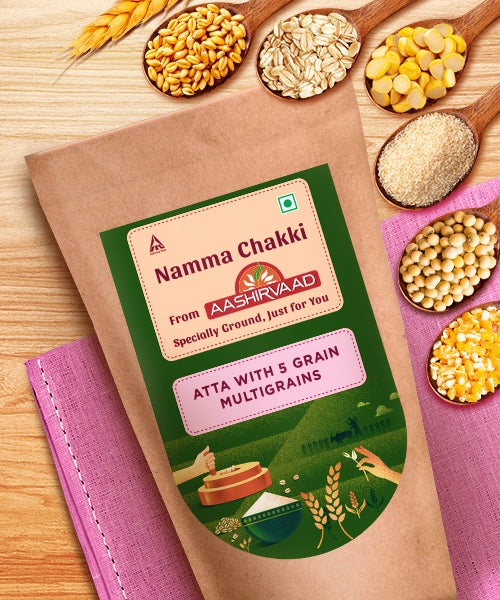
In the dynamic world of e-commerce, selecting the right platform is crucial for success, and Magento stands tall as a robust and scalable solution. When considering Magento development for your online store, choosing the right development company becomes a pivotal decision. In this guide, we will explore when and why you should opt for Magento, and the key considerations in selecting a development company to ensure a seamless and effective e-commerce experience. Read on and if you are searching for a company for Magento development in UAE , then you can refer to the concluding part of the article.
When to Choose Magento:
1. Scalability:
Magento is a Powerhouse when it comes to scalability. Whether you’re a small business looking to expand or an enterprise-level operation, Magento can grow with your business, providing the flexibility needed for future expansions.
2. Feature-rich Platform:
Magento offers an extensive array of built-in features, including advanced product management, robust SEO capabilities, and a highly customizable shopping cart. These features make it an ideal choice for businesses seeking a comprehensive and feature-rich e-commerce platform.
3. Open Source Flexibility:
Magento’s open-source nature allows for unparalleled customization. Developers can tailor the platform to suit specific business requirements, ensuring a unique and tailored online shopping experience.
4. Community Support:
With a vast and active community, Magento benefits from constant updates, improvements, and a wealth of third-party extensions. The community support ensures that your e-commerce platform remains current, secure, and technologically advanced.
5. Multi-store Management:
For businesses operating multiple online stores, Magento’s multi-store functionality is a significant advantage. It enables centralized management of various stores, simplifying tasks such as product updates and order tracking.
6. Mobile Responsiveness:
In the age of mobile commerce, Magento is equipped with responsive design features. This ensures a seamless and optimized shopping experience across various devices, contributing to higher customer satisfaction and increased conversions.
Why Choose Magento Development Companies:
1. Expertise and Experience:
Magento development requires specialized skills. Choosing a company with a proven track record and expertise in Magento ensures that your e-commerce project is in capable hands. Look for companies with a portfolio showcasing successful Magento implementations.
2. Customization Capabilities:
Every business is unique, and your e-commerce platform should reflect that. A reputable Magento development company should have a proven ability to customize the platform to meet your specific business needs, ensuring a tailored and distinctive online presence.
3. Comprehensive Services:
Look for companies that offer end-to-end services, including development, design, migration, and ongoing support. A full-service approach ensures a seamless process from conception to maintenance, reducing potential complications and ensuring continuity.
4. Integration Expertise:
E-commerce platforms often need to integrate with various third-party tools and systems, such as payment gateways, ERP systems, or CRMs. A competent Magento development company should possess expertise in seamless integrations, ensuring a cohesive and well-connected digital ecosystem.
5. SEO Optimization:
Search engine visibility is paramount for e-commerce success. A proficient Magento development company should be well-versed in SEO best practices, optimizing your online store for higher search engine rankings and increased organic traffic.
6. Responsive Design Mastery:
With the growing importance of mobile commerce, selecting a development company that excels in responsive design is crucial. A mobile-friendly and user-centric design enhances the overall customer experience, contributing to higher conversion rates.
How to Choose the Right Magento Development Company:
1. Portfolio Assessment:
Examine the company’s portfolio to gauge their experience and expertise in Magento development. Look for examples of successful projects that align with your business requirements.
2. Client Reviews and Testimonials:
Client feedback provides valuable insights into the company’s performance and client satisfaction. Read reviews and testimonials to understand the experiences of previous clients.
3. Certifications and Partnerships:
Certifications and partnerships with Magento demonstrate a company’s commitment to excellence. Check for certifications and affiliations that validate their expertise and credibility.
4. Communication and Collaboration:
Effective communication is essential for successful project execution. Choose a company that emphasizes clear and transparent communication, fostering collaboration throughout the development process.
5. Cost and Value Proposition:
While cost is a factor, consider the overall value proposition. Evaluate the company’s pricing structure in conjunction with the services offered, ensuring a balance between affordability and quality.
6. Post-Launch Support:
A reliable Magento development company should offer ongoing support and maintenance services post-launch. Ensure that they provide adequate support to address any issues, perform updates, and keep your e-commerce platform running smoothly.
Conclusion: Find the best Magento development services
Choosing Magento for your e-commerce venture is a strategic decision that aligns with scalability, flexibility, and feature-rich requirements. Equally important is selecting the right Magento development company to bring your vision to life. By considering expertise, customization capabilities, comprehensive services, and client testimonials, you can ensure a successful partnership that propels your e-commerce business to new heights. Need a company for Magento development services? Want to consult with a top service provider for Magento development in UAE? Then, we recommend you to please visit the website .









